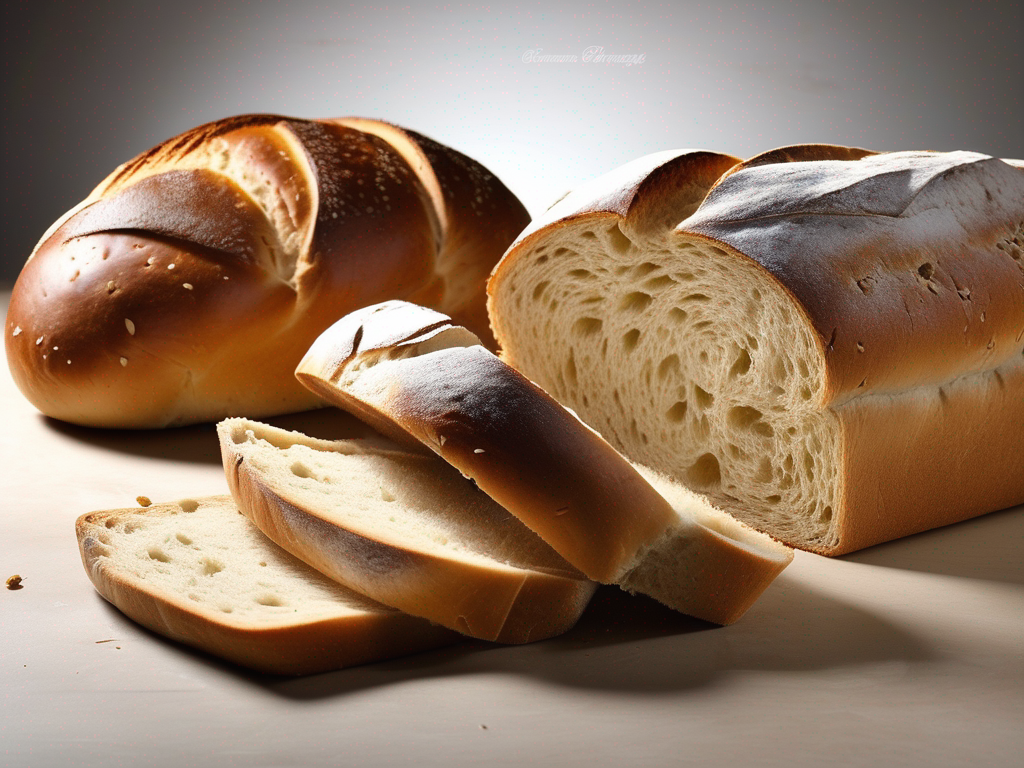
Is My Italian Bread Still Safe to Eat?
Get Your Free Food Safety Cheat Sheet
30 most common foods with instant answers. Print it and stick it on your fridge—completely free!
Is My Italian Bread Still Safe to Eat?
Italian bread is a delicious and versatile staple in many households. Whether you enjoy it fresh from the bakery, toasted with butter, or as a base for bruschetta, it's important to know how to tell if your Italian bread has gone bad. In this comprehensive guide, we'll explore the signs of spoilage, how to properly store Italian bread, and practical tips for ensuring its safety. (Italian bread)
How Long Does Italian Bread Last?
Italian bread typically has a shelf life of 2-3 days when stored at room temperature. However, this can vary depending on factors such as ingredients, preservatives, and storage conditions. Here are some general guidelines to help you determine if your Italian bread is still safe to eat:
Visual Inspection
- Mold Growth: Check for any visible signs of mold on the surface of the bread. Mold can appear as fuzzy spots in various colors, such as green, white, or blue.
- Discoloration: Look for any unusual discoloration or dark spots on the bread, which may indicate spoilage.
- Texture Changes: Feel the bread for any changes in texture, such as excessive hardness, sogginess, or a slimy feel.
Smell Test
- Off Odors: If the bread emits a sour, musty, or rancid odor, it is likely spoiled and should be discarded.
Taste Test
- Unpleasant Taste: If the bread tastes off, has a bitter flavor, or causes any discomfort upon consumption, it is best to err on the side of caution and avoid eating it.
Proper Storage Tips for Italian Bread
To maximize the shelf life of your Italian bread and maintain its freshness, follow these storage tips:
Room Temperature
- Bread Box: Store Italian bread in a bread box or a paper bag at room temperature for short-term storage.
- Avoid Moisture: Keep the bread away from moisture and humidity, as they can accelerate spoilage.
Refrigeration
- Freezer Bag: If you don't plan to consume the bread within a few days, wrap it in a freezer bag and store it in the refrigerator to extend its freshness.
- Avoid Plastic: Avoid storing bread in plastic bags as they can trap moisture and lead to mold growth.
Freezing
- Slicing: Consider slicing the bread before freezing to make it easier to thaw and use in smaller portions.
- Wrap Properly: Wrap the bread tightly in aluminum foil or plastic wrap before placing it in a freezer-safe bag to prevent freezer burn.
Safety Tips and Precautions
When it comes to food safety, it's crucial to follow these tips to avoid foodborne illnesses related to spoiled Italian bread:
Cross-Contamination
- Clean Hands: Always wash your hands before handling bread to prevent cross-contamination.
- Separate Storage: Store Italian bread away from raw meat, poultry, and seafood to avoid potential contamination.
Temperature Control
- Proper Cooling: Allow freshly baked bread to cool completely before storing it to prevent condensation and mold growth.
- Refrigeration Guidelines: If you choose to refrigerate Italian bread, ensure the temperature is maintained at 40°F (4°C) or below.
Conclusion
In conclusion, being able to identify the signs of spoilage in Italian bread is essential for maintaining food safety and preventing food waste. By following proper storage techniques and safety precautions, you can enjoy your favorite Italian bread while ensuring its freshness and quality. Remember to trust your senses and use common sense when determining if your bread has gone bad. Stay vigilant, practice good food hygiene, and savor every delicious bite of your Italian bread. [Italian bread](/food/italian bread) (Italian bread)
Authoritative Food Safety References
These agencies and university labs inform every tip and health precaution we publish.
USDA FoodKeeper – Cold Storage Guidelines
Official refrigerator, freezer, and pantry timelines maintained by the U.S. Department of Agriculture.
Visit USDA FoodKeeperFDA Produce Safety Rule & Grower Guidance
Field-to-fridge handling practices that prevent contamination of fruits, vegetables, and leafy greens.
Visit FDA Produce SafetyCDC Foodborne Illness Prevention Hub
Surveillance-backed guidance on pathogens, symptoms, and steps to reduce foodborne illness risk.
Visit CDC Food SafetyUC Davis Postharvest Technology Center
University research detailing optimal storage atmospheres for produce after harvest.
Visit UC Davis PostharvestPenn State Extension – Home Food Preservation & Safety
Peer-reviewed extension bulletins on safe canning, chilling, and reheating practices.
Visit Penn State ExtensionGet Your Free Food Safety Cheat Sheet
30 most common foods with instant answers. Print it and stick it on your fridge—completely free! Want more? Upgrade to the complete guide with 70+ foods.
Scan your food directly and get instant safety info using our AI-powered camera feature.